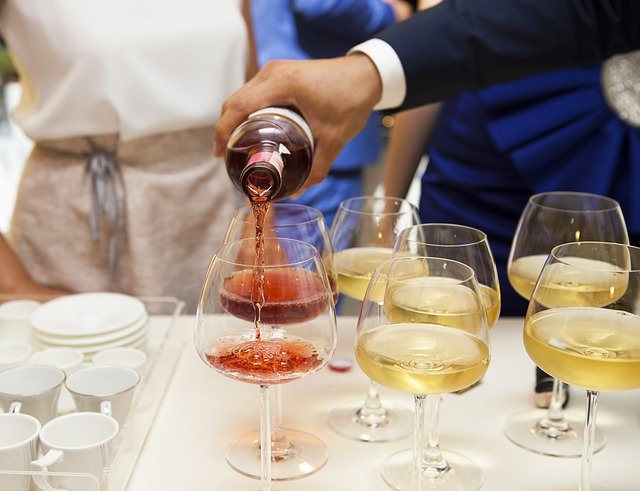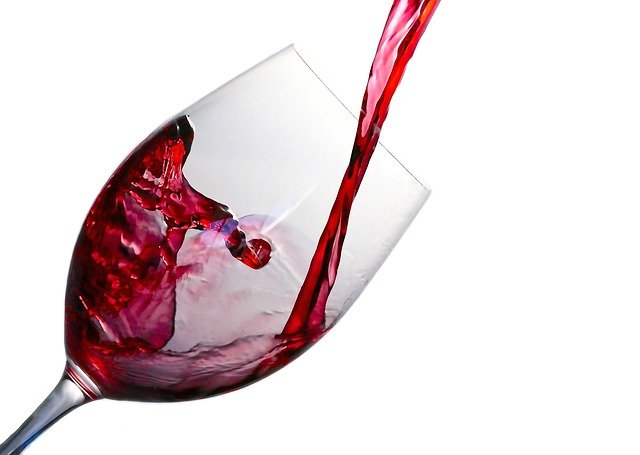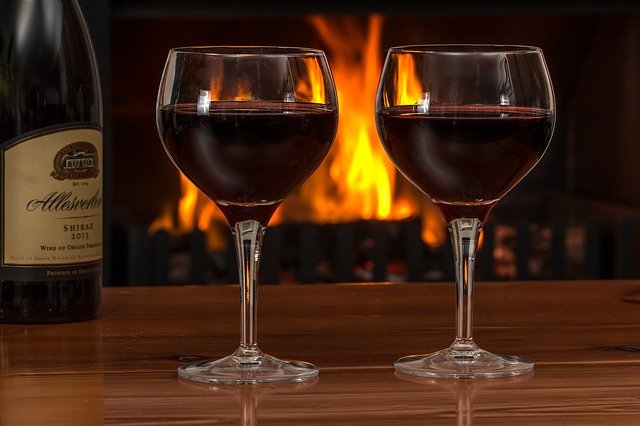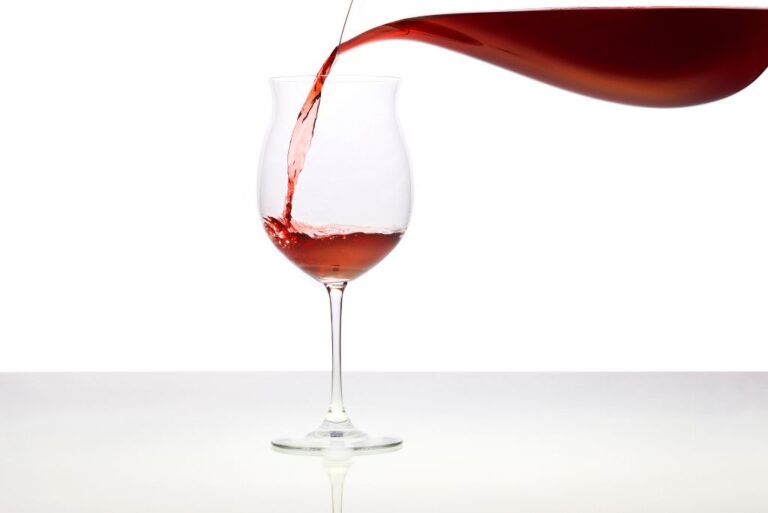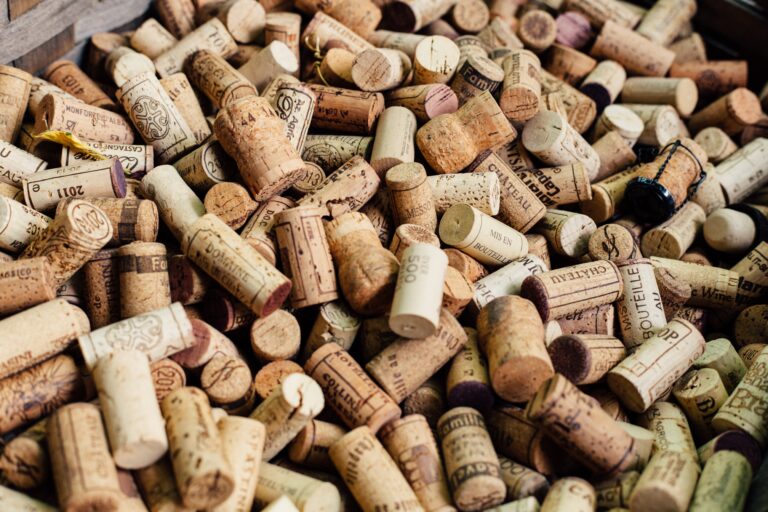Bordeaux wine has long been one of the most famous wine regions in the world, and it’s not hard to see why!
The red wines from Bordeaux tend to be on the full-bodied and tannic side, and are known for their ability to age very well, making them ideal for cellaring if you can resist finishing them off too quickly!
If you’re looking to learn more about these delicious French wines, keep reading! We’ll cover all the essential information on Bordeaux wine below. Let’s talk about All you need to know about Bordeaux Wine.
Is Bordeaux Wine Full-Bodied?
The region of Bordeaux produces a large amount of full-bodied wines. It is one of two major regions in France that gives its name to a wine style (the other being Burgundy).
The fruitiness of certain wines in Bordeaux is due, in part, to Chateau Latour’s Cabernet Sauvignon grapes growing near Merlot and Cabernet Franc grapes. Cabernet Sauvignon is known for producing wines with high tannin levels.
When these vines share space with Merlot and Cabernet Franc, they become influenced by those grapes’ lower tannin levels and it results in a more fruity wine.
Looking for the 8 Wines To Drink In Summer
What Type of Grapes are Used in Bordeaux Wines?
There are four grape varieties used in wines from Bordeaux. They include Sauvignon Blanc, Semillon, Merlot and Cabernet Sauvignon. Merlot is by far the most popular of these grapes, making up nearly 70% of all Bordeaux wines.
The red wine from St.-Emilion is made mostly with Merlot and Cabernet Sauvignon grapes while 90% of white wines in France are made with Sémillon grapes which come primarily from Bordeaux.

Nearly two-thirds of all chardonnay comes from Chablis in Burgundy but it is also planted throughout Bordeaux where it’s used for fine white and rose table wines.
How to Pick a Good Bottle of Bordeaux?
There are many different ways to pick a good bottle of wine. We’ll teach you a few useful tips for picking an excellent bottle at an affordable price. First, look for wines made in your favorite region.
Whether it’s Champagne, Chianti or Burgundy, having preferences from where your wine is from is important. Second, it’s best to sample a variety of white and red wines before committing fully to buying a case.
And lastly, when buying by price or quality, going one step higher than average should put you on track with getting good bottles of wine at reasonable prices. Cheers!
Red and White? Dry, Off-Dry, or Sweet?
While a generalization, generally speaking, people do not enjoy sweet wines. When most of us think of wine, we think dry. However, there are some who prefer sweeter wines such as Riesling and Gewürztraminer.
These sweet wines can also be served off-dry (referring to sweetness). Still other types include semi-sweet or off-dry white wines such as Chardonnay or Pinot Grigio. If you prefer dryer white wines (say Riesling), then avoid Sauvignon Blanc as it tends to be quite dry.
The best way is try a variety of different types of wines until you discover what you like best.
What Makes Good Bordeaux Different From Other Regions?
While it is true that there are many factors that go into making a great bottle of wine, one of them is soil. Soil (along with climate and grape varietals) has a huge influence on how flavors are transmitted from vine to bottle.
In fact, soil accounts for some 30% of flavor in wine—hardly a small factor! For example, when it comes to red wine (particularly those made in Bordeaux), grapes grown in clay-rich soils tend produce wines with bolder, more tannic notes that help hold up well against aging.
Which Bordeaux Bottles You Should Try & When?
As mentioned above, there’s a lot of confusion out there about what constitutes Bordeaux wine. If you ask two experts for their definition, chances are you’ll get three different answers—and that’s before tasting!
So what do you look for when trying to decide whether or not a bottle is worth buying? The price point: if it says Bordeaux wine, expect to pay somewhere between $10 and $40 per bottle.
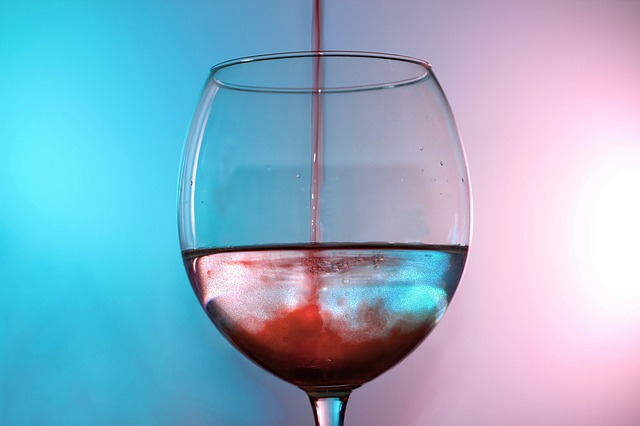
Anything more than that and it probably doesn’t have much grape-related connection at all (not even Merlot!). When choosing a brand, look for those labels with grapes listed first on the label.
What are the 5 Varietals of Bordeaux?
There are five basic varietals of grapes grown in Bordeaux wine: Cabernet Sauvignon, Merlot, Petit Verdot, Malbec and Carménère. As different regions produce different wines, there is a lot of variety within these five major varieties.
For example, Merlot can be extremely tannic or it can be very smooth depending on where it’s grown. Malbec from Cahors is known for its cherry notes, while malbec from Fronsac has earthy characteristics.
Petit Verdot from Pomerol is notable for its structure and tannins—different than petit verdot from Saint-Emilion. And so on…there are countless distinctions between these two regions alone!
What Are The Health Benefits of Bordeaux Wine?
There is no doubt that red wine has several health benefits. It is rich in antioxidants, which are believed to neutralize and fight cancer causing cells in your body.
If you have cardiovascular problems then drinking wine regularly can help lower your risk of heart attacks and strokes. In addition, it can also reduce bad cholesterol levels and boost good cholesterol levels in your body.
Research shows that it has been linked with a reduced risk of Alzheimer’s disease as well as Parkinson’s disease.
However, all these benefits only apply if you drink wine moderately – experts recommend consuming one glass of red wine per day for women and two glasses for men.
Conclusion
It’s worth saying that there are few things in life more satisfying than cracking open a bottle of good wine with friends. And if you want to make sure that bottle is actually good, well, read on for some solid advice.
The French have long been considered some of the best at making wine, and it’s not without reason—but when we look at their most popular grapes by region, it becomes clear that there are some major differences in how they grow.
In fact, Bordeaux wines (from the region of France known as Bordelais) alone produce over 600 different grape varieties! How does someone even begin to choose a single bottle? By looking at their soil content, naturally!


